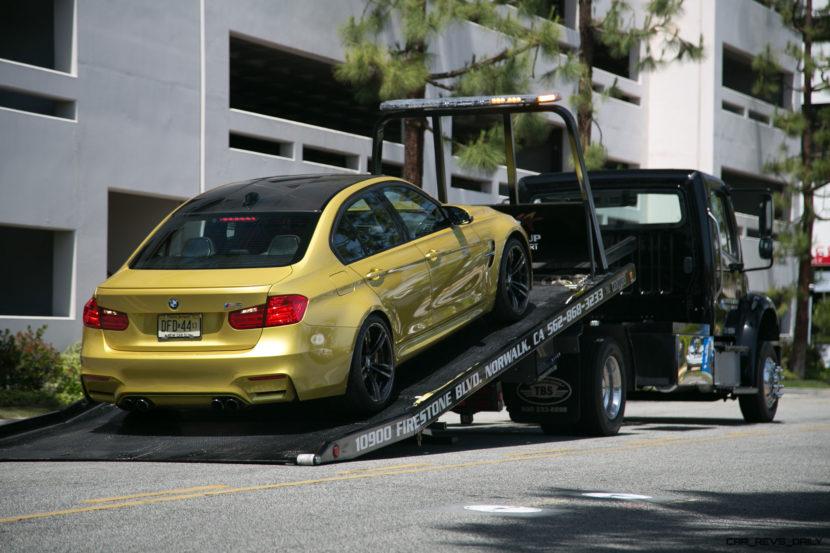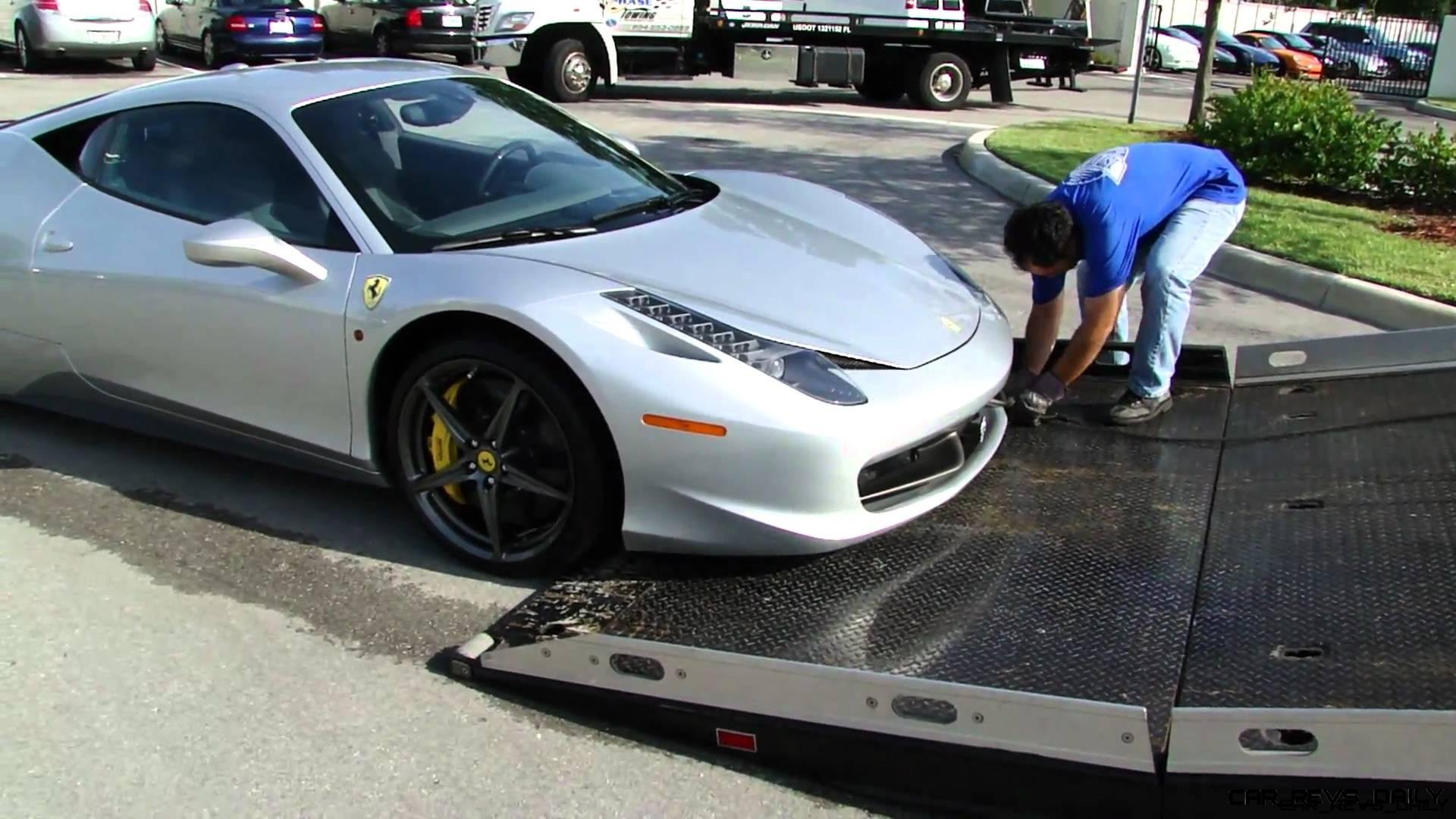The church of rear-wheel drive is an old and established following. True believers know keeping power and steering inputs separate is the only way to fully experience the road. Rear-drivers turn into a corner unlike anything else on the road, never mind their best party trick: getting sideways.
But for all the fun things they do, are rear-drivers fundamentally flawed when it comes to practicality? Some naysayers believe they are, and one of the things they point to is the difficulty that comes with towing a rear-wheel-drive car behind your RV for a road trip. Is it really so hard?
Option One: Driveshaft Removal
Rear-wheel-drive cars need to have the drive wheels off the ground if you’re going to tow them, and then comes the hard part. The driveshaft in your rear-wheel-drive car connects the engine to the rear wheels. To tow your rear-wheel-drive car flat, you’ll need to disconnect it.
Removing a driveshaft isn’t a simple operation. Unless you’re a skilled mechanic, you’ll want to leave this one to a professional, but it will cost less than purchasing a flat trailer. With the driveshaft removed, you can attach your car to your RV using the correct weight-rated tow bar. The bar should always be attached to the dedicated tow hook on your vehicle.
Option Two: The Dinghy
If you want to spend the money, it’s possible to lift your rear-wheel-drive car off the ground entirely. This eliminates the need to disconnect the driveshaft, because none of the wheels are in contact with the pavement.
There are several solutions available to get your ride off the road. One of the most popular is called a dinghy because when your car is on it, it resembles a boat at sea. This solution will allow you to keep your driveshaft connected. If you have a complex modern car with an automatic transmission, it might be simpler than trying option one.
Extra Items
When you flat tow, particularly when using a tow bar, it’s important to remember your car’s drivetrain isn’t getting the lubrication it normally does. That can have adverse effects on important components such as the transmission.
In many cases, you can add an aftermarket lubrication pump, which will ensure you don’t damage your car’s gears during a long journey in tow.
Another popular item for those who tow often is the driveshaft decouple, which makes the job of disconnecting your driveshaft simple, and can save some time and heartache for those using option one.
Is It Worth the Pull?
The answer is yes. Having an extra car with you when you reach a congested city is the simplest way to make grocery runs and day trips. Trying to maneuver a large RV through urban streets can be like pulling teeth, and you’ll probably be ready to get away from the camper once you reach a destination where you’re not cooped up inside for days on end.
So make the trip with your favorite rear-drive car in tow, just know what you’re doing when you do it.




Scott Huntington is a writer and car fanatic from Harrisburg, PA.

